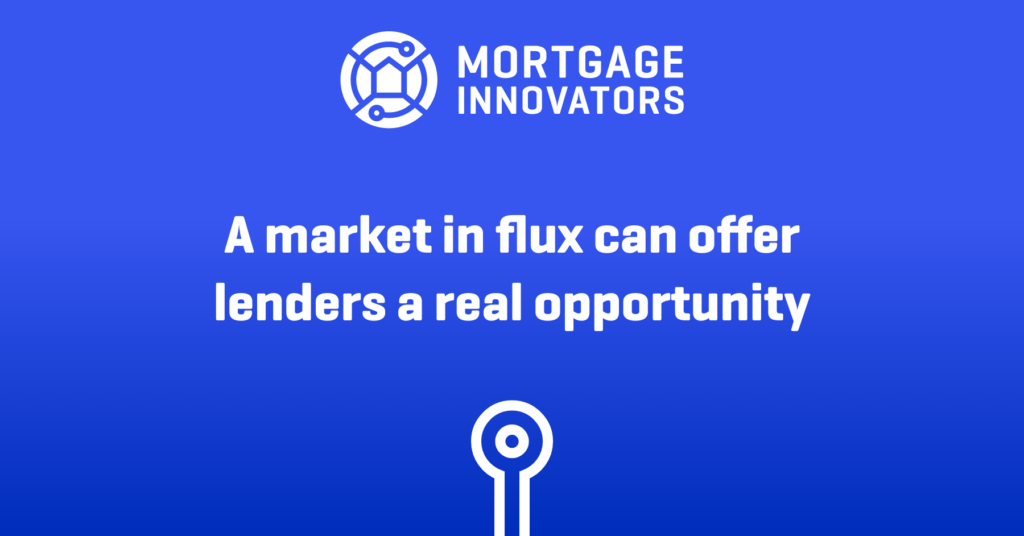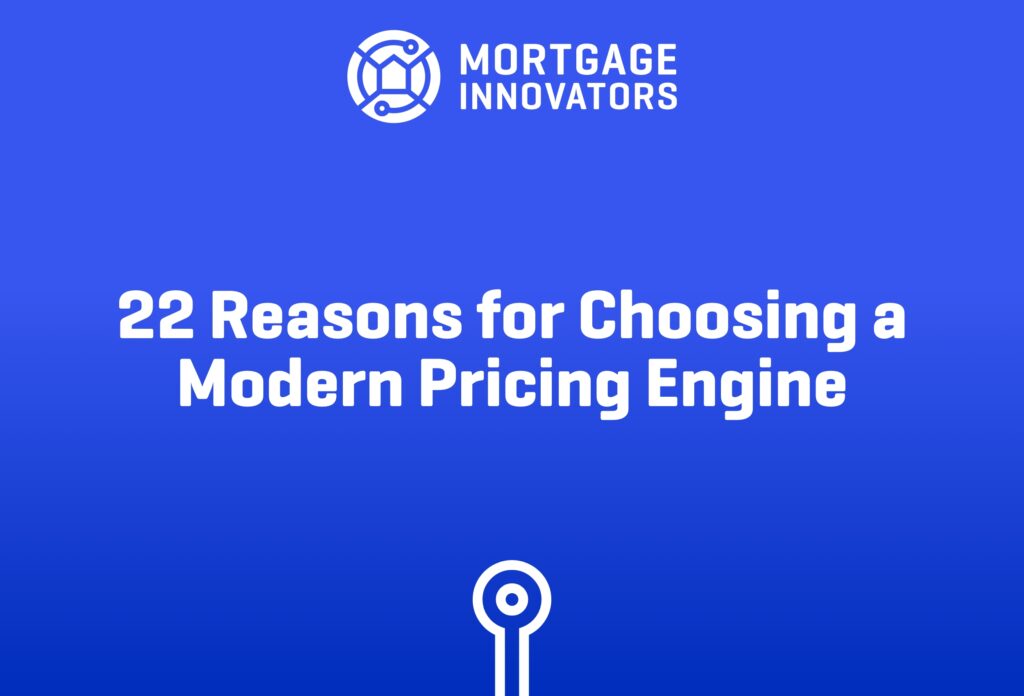Author: Seroka Brand Development
Quick – no hesitation ─ what is the name of your favorite hotel?
Okay, now let’s assume you’re booking a trip and your preferred hotel is sold out. What two other hotel brands would you consider?
Now think of all the hotel brands that didn’t even come to your mind.
Next, suppose you need to rent a car. What is your preferred rental car agency?
Now assume they have no cars available. What is the name of the next car rental agency you would call?
You can play out these scenarios with virtually every product and service – whether it’s a hotel, toothpaste, a hardware store, or a mortgage lender.
In nearly every case, one brand, or at the most a short list of brands, will likely stand out and be your preferred choice. Conversely, with a little thought, you could probably identify a fair number of brands you would never buy from or do business with.
If my point isn’t obvious, it’s this: the very people you want as borrowers do the same thing when they are shopping for a mortgage lender.
And as you may know, good brands don’t make the short list – only great brands do.
I’m going to share with you the 7 steps you can take to elevate your brand to a higher category so when people are shopping for a lender, your brand has a greater chance of being one of the first to come to mind.
1. Look into the soul of your company, and what I mean by that is reflect on your culture. Many times, the greatest impediment to becoming a great brand can be traced to problems within a company’s culture. Could it be better? Is it running at peak performance? Is poor communication, petty politics, lack of brand clarity or pride preventing you from being everything you can be?
The easiest way to find out is to do a brand and culture audit and have candid conversations with your people. As part of your culture strategy, start doing exit interviews to find out the real reasons people leave.
You can’t be a five-star restaurant if your head chef has a toxic relationship with the restaurant’s owner. So, you need to make sure your house is in order before you can make the transition to becoming a great brand.
2. Become very aware of who you are up against in the field – yes, your competition. If you are intimidated by them, this is something you need to overcome and face head-on without flinching.
Think of it this way ─ would you do business with your company? That’s a hard question to ask, but one that forces you to be honest with yourself so that you can make the changes that need to be made. Also, inventory your strengths, define your weaknesses, and organize a continuous improvement culture.
3. This step is going to require some creativity which will take the focus off your company. Here it is – if you were going to build a mortgage company that competes against you, how would you do it? What would that company look like?
And don’t settle for a two-sentence or two-paragraph answer – invest the time to create a mini business plan and strategy. Once you’ve done this, you’ll know what to do. Take those top three to five thoughts of what you would do better, or different and put some energy behind them.
4. Understand and appreciate why brand development and strategy is so important. The point of me taking you through that little exercise at the beginning of this blog was to demonstrate that people’s decisions are based on brand experiences and perceptions. What kind of experience do you give to your borrowers? How is your brand perceived?
Going back to the beginning of this article, think about why you prefer one hotel over another. It’s likely due to an attribute, or group of attributes, you value the most when choosing a place to stay. Whether it’s price, the check-in experience, the cleanliness of the rooms, the comfort of the beds, or even if it’s because the bedside lamps have USB outlets to charge your iPad, there are brand attributes you value.
Identify those attributes your borrowers value the most and think about how you can make them better. If you don’t know, ask them next time you send a survey or questionnaire. Start getting feedback and do something with what you learn.
5. Invest heavily in your people through training. Not just technical, but training on leadership, communication, problem-solving, conflict-resolution, sales, marketing, branding, crisis communication and any other training that prepares them, and your company, to be a force to reckon with and unstoppable. Treat them better than your most profitable customers and they will repay you tenfold. Some people say, “Well, what if I train them and they leave?” I say, “What if you don’t train them and they stay?”
6. Adopt a visionary mindset. Keep a pulse on the trends of your business and industry and think in terms of your next two big ideas, even if you’re working on something right now that you believe will disrupt your industry or change the game. It’s true that you are only as good as your last idea, so think several steps ahead.
7. Lastly, start courting top-tier people to be a part of your team and vision. It’s tough finding great people who will share your passion and determination to succeed. You and your people should network and be visible at trades shows and industry events. Focus on building awareness of your company and transforming it into a natural habitat for top performers.
If you believe keeping up on all these will not be easy, you’re right. But as the saying goes, if it was easy, every lender would do it. There’s also a saying that winners do what losers don’t want to do. Pardon my crassness, but the mortgage industry is one of the most competitive there is – and adopting a survival mindset will not be enough to compete, succeed and win.









